

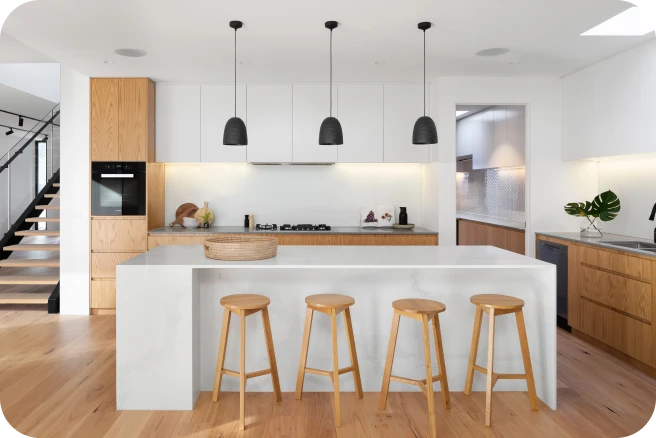
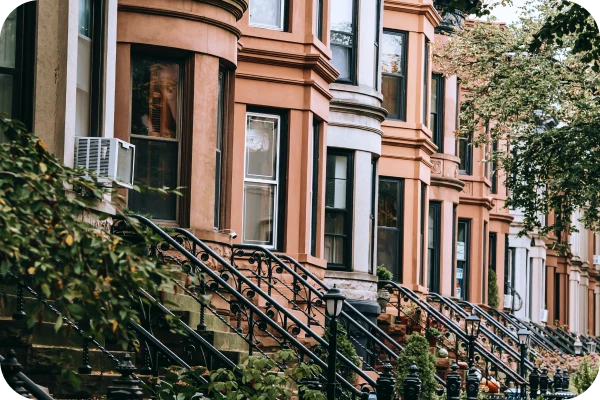

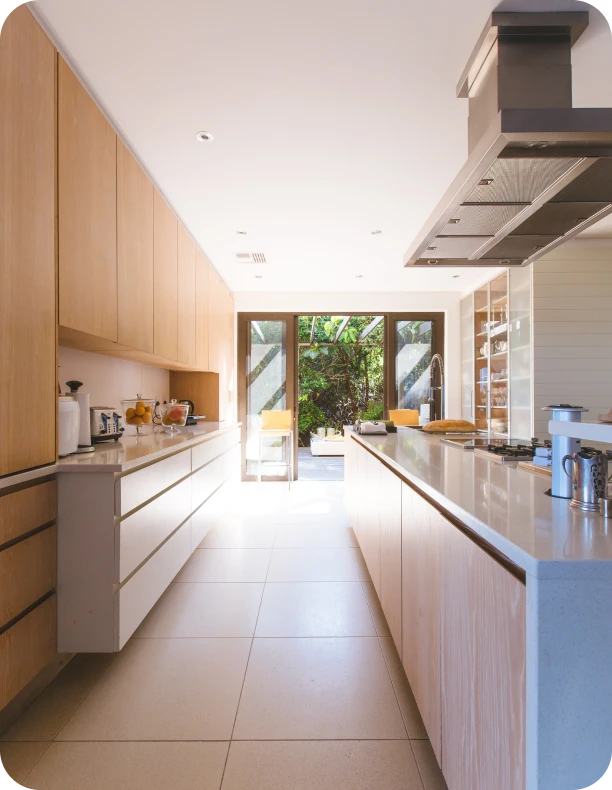






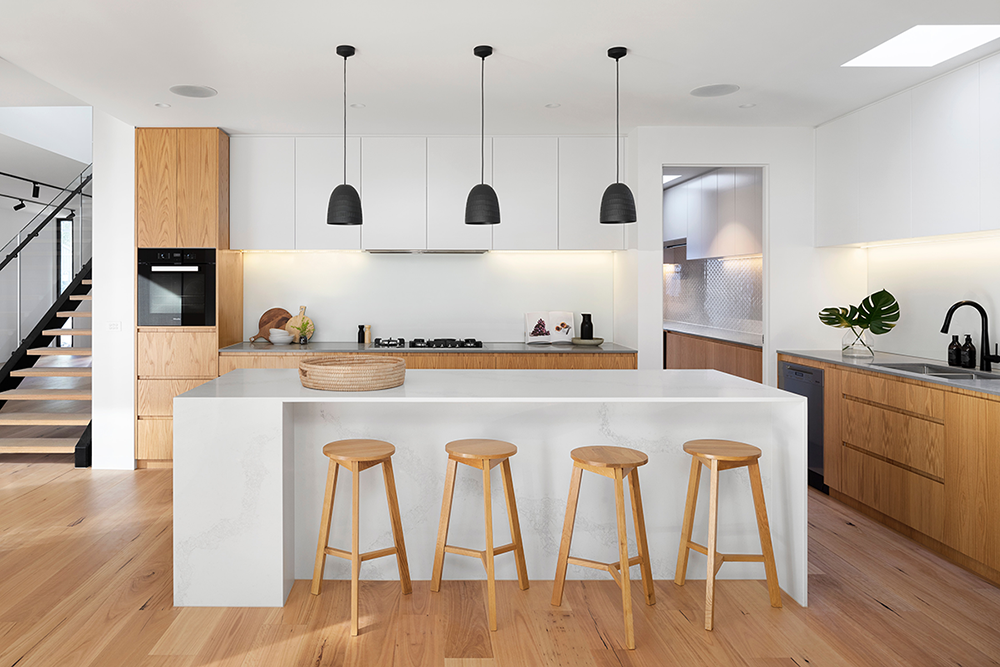
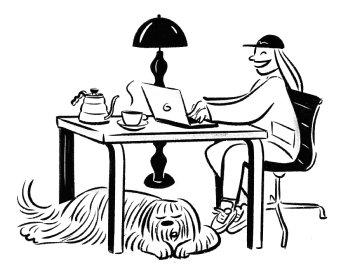



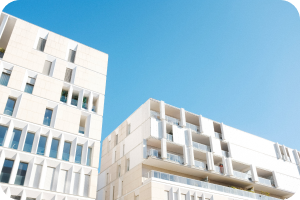

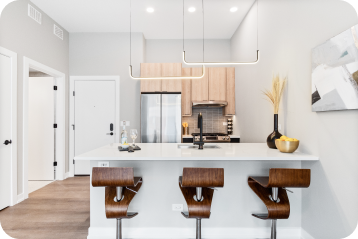







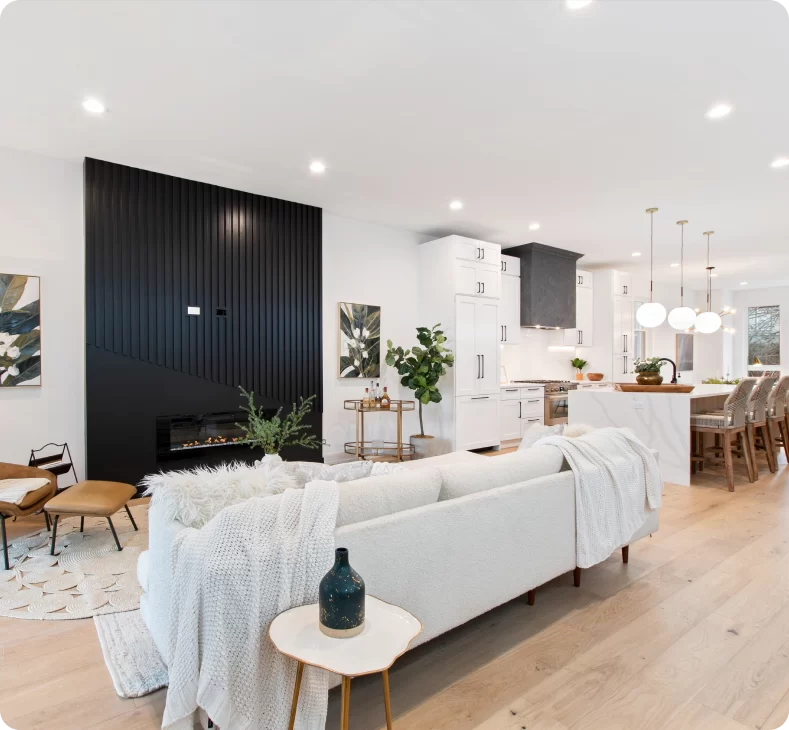




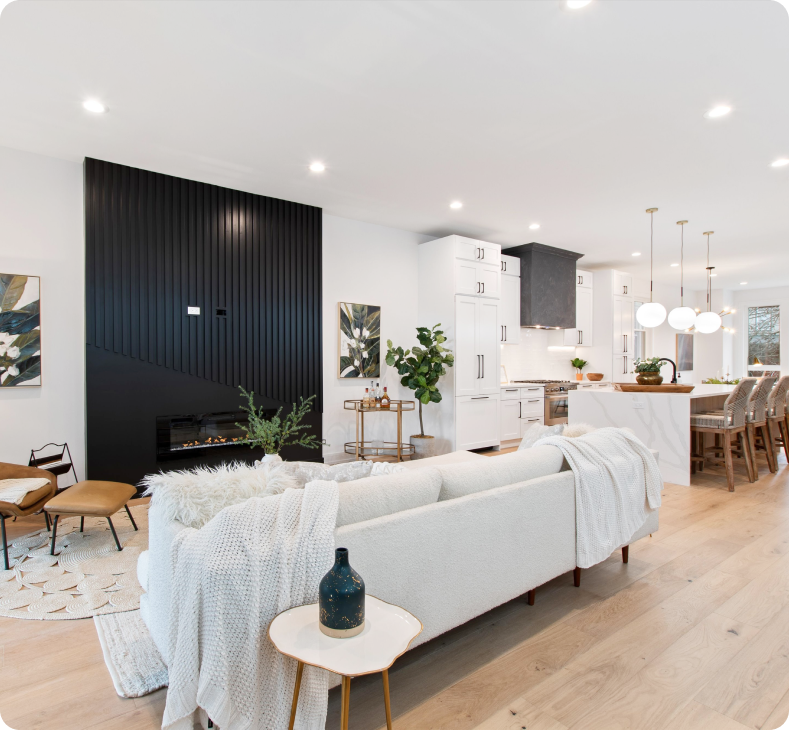

We go beyond leasing apartments and selling homes. We team up with developers to create beautiful, functional buildings and meaningful brands that make a positive impact. Because for us, it’s not just living spaces, it’s about creating a place people love coming home to.
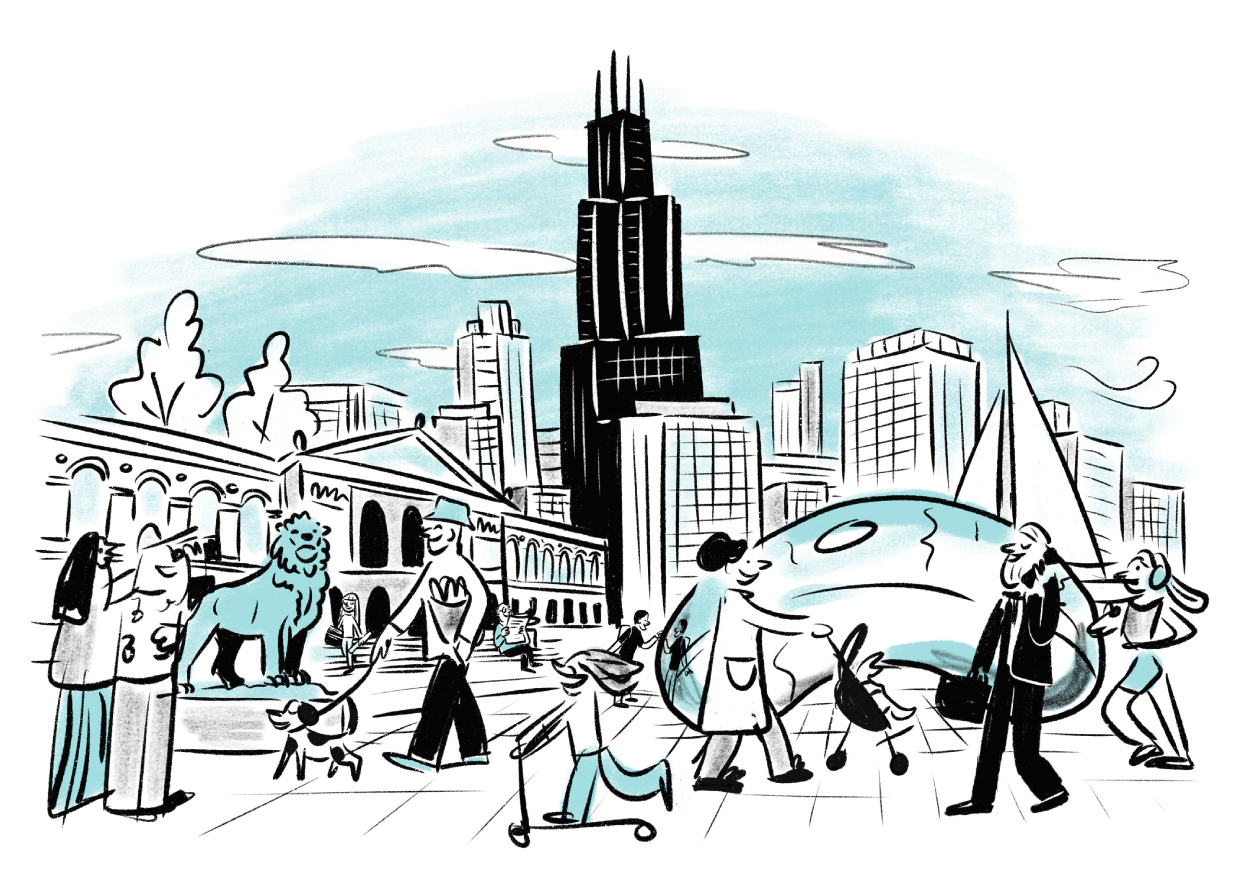
We go beyond leasing apartments. We team up with developers to create beautiful, functional buildings and meaningful brands that make a positive impact. Because for us, it’s not just living spaces, it’s about creating a place people love coming home to.